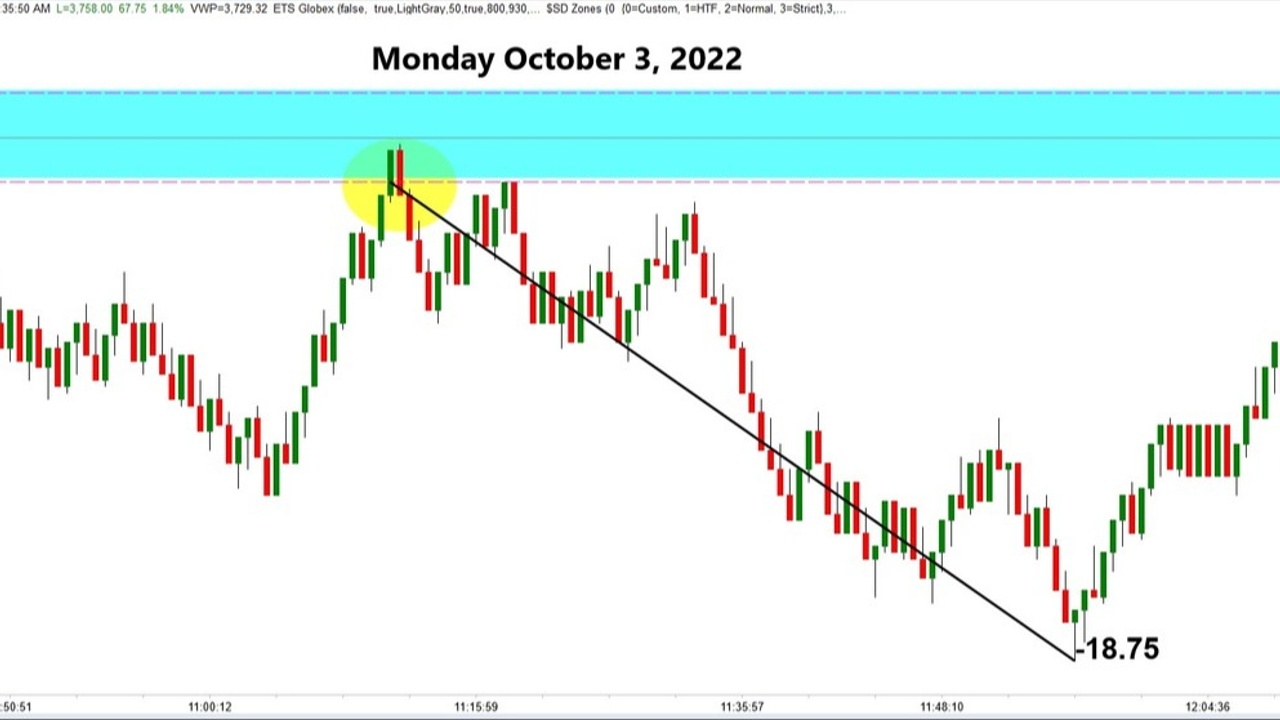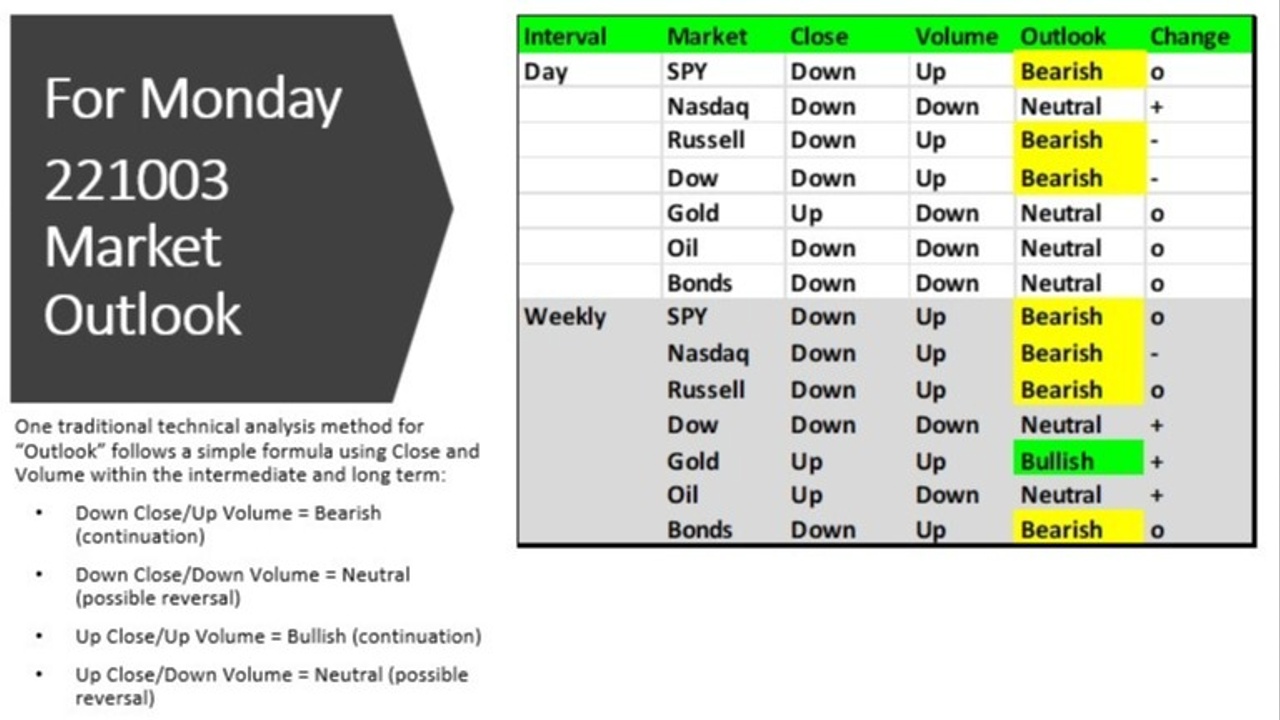The Daily Market Forecast

Wednesday’s Best S&P Turning Points Results: Shorting Buying 3736.75 delivered 55 points to the suggested short @ 3791.75 which stopped out.
Quick Tip: Banking it…
How traders approach their craft is very individual. Three traders using the same strategy may have different beliefs that vary their results, yet they follow the same entry and exit rules.
For example, yesterday’s buy at 3736.75 soared to the suggested short at 3791.75 for a 55-point gain. That’s a big win for a day trader. Would you bank your day or keep trading? This decision has nothing to do with the strategy rules. It’s personal money and time management.
One trader banks the day to research other strategies.
Another trader works the entire day, taking all setups and gives back half the gain.
Another trader banks the day, turns to simulated mode and trades the remaining day for practice.
This type of decision and others like it are part of their trading plans. Their individual approaches to the same win...
The Daily Market Forecast

Tuesday’s Best S&P Turning Points Results: Shorting 3777.50 stopped out.
Quick Tip: Futures Rule
If you’re know all the benefits of trading the Futures markets skip to the World Sentiment Index below. If you do not, this will be an eye-opener for you.
Here are the 5 key benefits of trading Futures:
1. Accessibility: Markets are open 23 hours/day from 6PM ET on Sunday to 5PM ET on Friday
2. Diversity: Trade stock indexes worldwide, popular cryptocurrencies, currencies, interest rates, metals, energies, agricultural, meats, and “softs” (think cotton).
3. Minimal Capital Required: With the release of smaller (Micro) contract sizes it is now possible for a retail trader to get started with $5000 assuming good risk management.
4. Superior Leverage: Depending on the contract, several times better than the stock market.
5. Tax Break: Futures gains are taxed differently and always less than other markets.
Curious to know more? Click here to read the entire white paper “Why Tra...
The Daily Market Forecast

Monday’s Best S&P Turning Points Results: Shorting 3678.50 ran for 18.75 points.
Quick Tip: Goals & Style
If you were building your trade plan and your mentor told you to determine your trading style and set goals, what might they be?
Money probably came to mind first. Not a good goal, though. Money is a byproduct of skilled trading. Your goals should pertain to your development in becoming an expert trader. Style selection, trading platform usage, order entries and exits, research, documentation, review, all require practice and skill.
One clever way to determine your goals (for anything) is to make a list of what you DON’T want to do.
For example, there are so many ways to trade the markets and not every style or niche is going to resonate with you. Instead of trying to figure out what your preference is, start by listing what you know is not.
You may have no interest in reading public company SEC filings, buying stocks, and holding them for years. Another trader may have ...
The Daily Market Forecast

Friday’s Best S&P Turning Points Results: Buying 3623.50 stopped out.
Quick Tip: Do Nothing
Your job might make becoming a winning trader difficult for you. Not because of the time commitment, but because jobs instill a belief that is not helpful in trading.
What is it? Doing something. Can you imagine if you were caught doing nothing and told the boss “Now is not a good time to be working on this.” Or “Thursdays are difficult days to get anything done, so I’m going to loaf.”
In trading not entering a trade is not only OK sometimes it is the better decision. There are times when the probability of success is low. Don’t trade. Unlike your job, doing nothing is completely acceptable.
While market catalysts like economic reports and global news events are the obvious times to not trade, there is another “event” that can be worse: how you feel.
Mindset is critically important to trading success. Trading while in a funk, angry, foggy or any other condition that is not optimal shou...
The Daily Market Forecast

Thursday’s Best S&P Turning Points Results: The suggested buy @ 3650.00 stopped out.
Quick Tip: Reinvention
Great performers, traders included, never quit when the inevitable roadblocks and challenges arise. They adjust, learn from their mistakes, and move forward.
You’re heard the term “reinvent yourself.” Out of favor actors do it. Corporations do it. Sometimes traders must do it.
Like many traders who enjoyed the Tech Bubble in the late ‘90’s, I was trading a momentum strategy that printed money. It was simple and easy. Even during the crash, it performed well going short. Then it stopped working. The volatility dried up and the risk reward profile flattened. I churned out a sizable losing year after several great years.
When your strategy or style stops working, look at the current market conditions. It may be time to retire the strategy and reinvent yourself. All strategies don’t work in all market conditions. Markets change. You should too.
Reinvention in this case mea...
The Daily Market Forecast

Wednesday’s Best S&P Turning Points Results: The short suggestion ran 16.25 points with only 2 ticks adverse move.
Quick Tip: Entry Finesse
The Volume Profile strategy we trade is proprietary. We’re looking for levels on the price axis, where spikes in trading volume occurred historically.
One nice feature of this method is we know in advance where the high probability turning points are located. This means we can place orders in advance.
The risk on the chart above was 4.75 points. If you wanted to limit your risk and not reduce your position size you might be tempted to place the order deeper in the level.
Here’s why that’s not the best idea. Notice on the chart of yesterday’s short idea that price only went 2 ticks against before delivering a decent winner. We know from hard evidence (>12,000 entries in all market conditions) that price will move against by 1 point or less 22% of the time. All of those trades are winners.
At least for this strategy, your better choice for...
The Daily Market Forecast

Tuesday’s Best S&P Turning Points Results: The suggested buy @ 3689.00 ran for 28.75 points.
Quick Tip: Great Job!
Your focus when trading should be on doing the job well. That doesn’t mean winning. You can do your job well and lose. Why? Because we have no control over the outcome, only our behavior.
Here are your main “job” components as a trader: Research, practice, preparation, execution, and review.
There are plenty of analogies that compare traders with athletes, musicians, artists, and the military. These are all considered Performance activities. So is trading. Think about how much effort the successful of those put into these same “job” components.
I’ve found the definitive work on this subject is in Dr. Brett Steenbarger’s book Enhancing Trader Performance. In fact, his publisher could have named it the Trader’s Bible, but there are too many similar titles out there. Read it, act on it, and watch your trading change for the better.
The World Sentiment Index: (+100/...
The Daily Market Forecast

Monday’s Best S&P Turning Points Results: The suggested short at 3731.00 picked the top of the session but missed filling by 2 ticks.
Quick Tip: Near Misses
Your control in trading is limited to your behavior. You can control entry, exit, risk, and to some extent, reward.
Yesterday was planned well. Price rallied to a key volume level where shorting had edge. The beauty of this type of entry is it can be placed in advance.
Unfortunately, the rally stopped 2 ticks shy of the entry and missed a 59-point plunge to the close.
How do you feel about that? Frustrated? Hopeless? Here’s a better idea, feel encouraged! The strategy worked, just not perfectly. Find the positive view.
The World Sentiment Index: (+100/-100) JUMPS from -57 to +36 in a bullish leaning world. Historically the market closed higher from the open 55% of the time with drops 20% larger than gains.
Catalysts: Powell @ 7:30. Durable Goods @ 8:30. Consumer Confidence & New Homs Sales @ 10:00.
Today’s Best S&P Tur...
The Daily Market Forecast

Thursday’s Best S&P Turning Points Results: Neither trade suggestion triggered.
Quick Tip: Moving Stops
Unless you’re a prop shop pro scalping with hundreds of contracts you should be placing stop loss orders with every trade. Mental stops mess with your emotions and tie you to the screen.
Once you’re in the trade, the decisions become a) do you move the stop, b) when, c) and to where.
I know successful traders that have opposing views on this subject. The correct answer is not simple, though. You must take it in context. You need to know their trading style and risk tolerance to truly understand their answer.
Trader A enters momentum moves and adds to his position as price goes in his direction. He trails his stop based on chart features and volatility.
Trader B trades a reversal strategy that anticipates a turning point relatively far away. He understands the spiky nature of his asset and chooses to give it room by not adjusting his stop. He is focused on reaching his targe...
The Daily Market Forecast

Wednesday’s Best S&P Turning Points Results: Neither trade suggestion triggered.
Quick Tip: Experiment More
Imagine you’re attending a trading conference. You’re one of hundreds of traders watching the presentations, talking to vendors at their booths, always looking for some new edge to add to your plan.
If you asked everyone you met, and they were honest and transparent with their answers, “What tools do you use to trade?”
Here’s what you’d hear: Price action, chart patterns, fundamentals, supply/demand, moving averages, volume, RSI, MACD, CCI, ATR, Stochastics, Bollinger bands, ad infinitum.
The fact is, other than fundamentals, they are all looking at the same core variables; price, time, volume, displayed differently.
You’d likely hear discussions among them about why their tools are better. And everyone would be right! Their tools are better… for them.
We’re all different in the way we perceive and learn. One tool may not “communicate” to you yet another may seem lik...
